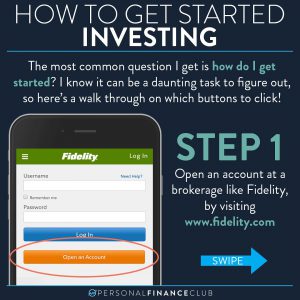
Just about every day of my life I talk to someone who misunderstands the impact of the share price of a share of stock, ETF or index fund. Knowing the share price alone gives you zero information about that investment. It absolutely cannot be used to compare to another investment or to gain information about the investment itself.
For example, all of the following is FALSE:
– A high share price means the company is big.
– If a share of Meta is selling for more than a share of Amazon, then Meta is worth more than Amazon.
– A lower share price means you get more of the company for the same amount of money.
– A lower share price means it will increase faster (or slower) in the future.
Share price can only be used to compare to itself as it goes up or down in value. The reason is, every stock, ETF, index fund, example is split into an arbitrary number of shares. Without knowing how many shares there are or the size of those shares, you have no idea if the “price per share” is a good deal.
For example VFINX and FXAIX are both S&P 500 index funds offered by Vanguard and Fidelity respectively. As of this moment they’re trading at $524.10 and $197.19. But those share prices are meaningless when choosing which one to invest in. If you invest $1,000 in each, your investment will grow virtually identically. A 10% gain in one will equal a 10% gain in the other will equal a 10% gain of your investment.
The reason the share prices are different is simply logistical. The brokerages who run those funds need to pick a size of each share so the price is a reasonable number to make investing simple. (i.e. if the price was $0.01 per share it would be difficult to reflect a 10% gain. If the price was $100,000 per share it would mean very few people could own a full share).
As always, reminding you to build wealth by following the two PFC rules: 1.) Live below your means and 2.) Invest early and often.
– Jeremy

 September Sale!
September Sale! 



